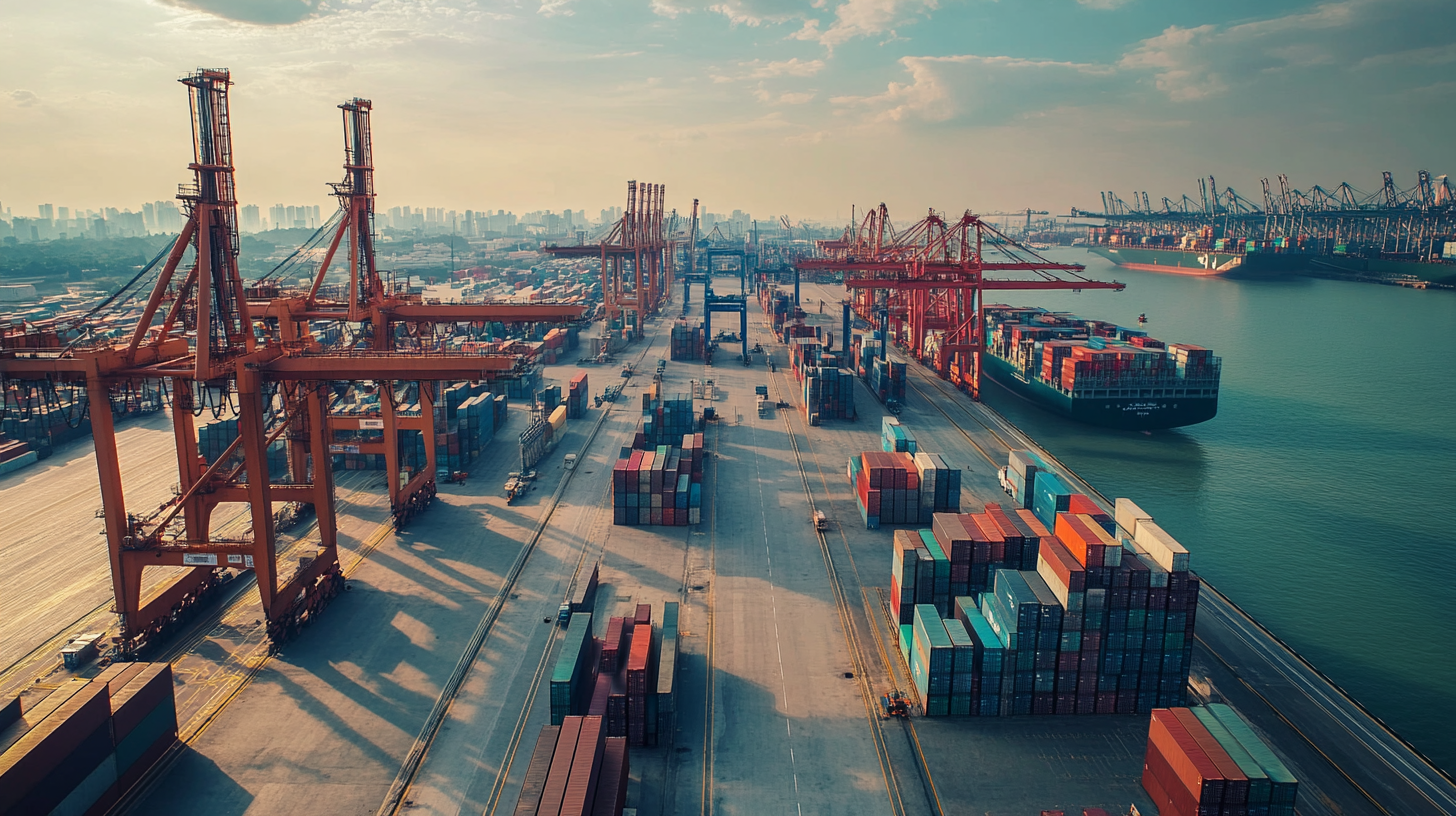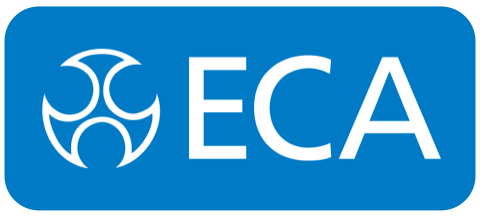- Home
- News
Ensuring Compliance and Safety with Electrical Safety Inspection in Global Supply Chains
In today's interconnected world, the importance of ensuring compliance and safety within global supply chains cannot be overstated, particularly when it comes to Electrical Safety Inspection. According to a report by the International Electrotechnical Commission (IEC), electrical hazards account for approximately 20% of all workplace accidents globally, emphasizing the crucial need for rigorous safety protocols. As businesses expand their operations across borders, maintaining a consistent standard for electrical safety becomes even more challenging yet essential. The proliferation of complex supply chains also calls for enhanced monitoring and inspection practices to avoid catastrophic failures that could not only lead to significant financial losses but also jeopardize workforce safety.
Moreover, the World Health Organization (WHO) reports that electrical incidents contribute extensively to injuries and fatalities in various industries, underscoring the dire need for proactive Electrical Safety Inspection measures. Companies that prioritize such inspections not only mitigate risks but also enhance their reliability and reputation in the marketplace, reinforcing their commitment to worker safety and environmental standards. As we delve deeper into the significance of Electrical Safety Inspection in global supply chains, it becomes evident that a strategic, compliant approach is vital for safeguarding lives, assets, and ultimately, the sustainability of businesses in a competitive landscape.

The Importance of Electrical Safety Inspections in Supply Chain Management
Electrical safety inspections play a pivotal role in supply chain management, particularly as global operations expand and complexity increases. Ensuring that products and equipment meet safety standards is not merely a regulatory obligation but a fundamental aspect of protecting both businesses and consumers. A robust electrical safety inspection program helps identify potential hazards before they escalate into serious issues, thereby safeguarding against accidents, product failures, and costly recalls. Incorporating regular inspections into the supply chain can lead to enhanced reliability and trustworthiness. When suppliers and manufacturers prioritize electrical safety, they signal their commitment to quality and compliance to customers. This proactive approach not only mitigates risks but also fosters stronger relationships with partners and stakeholders who value safety and accountability in their supply chains. Moreover, in an era where consumer awareness is on the rise, companies that neglect electrical safety risk damaging their reputation and losing business to competitors who prioritize compliance. Additionally, electrical safety inspections contribute to overall operational efficiency. By identifying potential weaknesses or non-conformities early in the process, organizations can minimize downtime and disruption. A consistent safety inspection routine aligns with the principles of risk management, allowing companies to anticipate issues before they arise and implement corrective measures swiftly. As such, investing in electrical safety not only protects lives but also bolsters the integrity of global supply chains in today’s interconnected marketplace.

Key Regulations and Standards Governing Electrical Safety Compliance
In the increasingly globalized landscape of supply chains, ensuring electrical safety compliance has become paramount. Numerous regulatory frameworks and standards guide businesses in maintaining compliance. For instance, the International Electrotechnical Commission (IEC) publishes the IEC 60364 standard, which outlines provisions for electrical installation safety. According to the IEC, improper electrical installations are responsible for approximately 30% of electrical-related accidents in industrial settings.
The Occupational Safety and Health Administration (OSHA) in the United States also plays a critical role in electrical safety compliance. OSHA's regulations emphasize that employers must provide a safe working environment, which includes adherence to National Electrical Code (NEC) standards. A study by the National Fire Protection Association (NFPA) indicates that electrical fires account for nearly 30% of all reported structure fires, underscoring the importance of rigorous compliance with these standards to mitigate risks.
Moreover, manufacturers must also comply with the European Union's Low Voltage Directive (LVD) and the Machinery Directive, which set essential health and safety requirements. Compliance with these directives not only enhances safety but also builds trust among consumers and partners. According to a report by the European Commission, around 8% of all EU imports are subject to these regulations, highlighting the competitive advantage gained by businesses that prioritize electrical safety compliance in their operations.

Identifying Risks in Global Supply Chains: The Role of Electrical Inspections
In today's interconnected world, global supply chains are increasingly complex, and ensuring safety is paramount. One crucial aspect of safety that often goes unnoticed is electrical safety inspection. These inspections are essential for identifying potential risks that can jeopardize not only the smooth operation of supply chains but also the safety of workers and consumers alike. By thoroughly assessing electrical systems, businesses can pinpoint vulnerabilities that might lead to equipment failure or hazardous situations.
Electrical inspections play a critical role in mitigating risks related to electrical hazards. For instance, inadequate wiring, faulty equipment, and outdated installations can result in serious incidents, including fires or electrocutions. Companies that strive for compliance with international safety standards must prioritize regular electrical safety inspections to identify these risks early on. By doing so, they not only protect their employees but also safeguard their brand reputation and avoid costly disruptions in their supply chain.
Moreover, the implementation of rigorous electrical inspections fosters a culture of safety across global operations. Suppliers are increasingly held accountable for maintaining high safety standards, which empowers businesses to conduct audits and assessments to ensure compliance. By integrating electrical inspections into their operational protocols, companies can enhance their resilience against potential failures and contribute to a more secure and efficient global supply chain. This proactive approach not only meets regulatory requirements but also builds trust among stakeholders and consumers who expect safety to be a fundamental priority.

Best Practices for Implementing Electrical Safety Inspections Across Borders
Conducting electrical safety inspections in global supply chains is essential for maintaining compliance and safeguarding against hazards. One of the best practices for implementing these inspections across borders is to establish a standardized framework that aligns with both international regulations and local requirements. This ensures that all facilities, regardless of location, adhere to the same safety benchmarks. A comprehensive checklist tailored to each region can help streamline the inspection process and ensure that critical elements, such as grounding and circuit integrity, are consistently monitored.
Moreover, training local inspectors in global safety standards is crucial. By providing resources and ongoing education, companies can enhance the competency of their safety personnel, fostering a culture of safety awareness. Establishing communication channels between regional teams and central safety management can facilitate the sharing of best practices and lessons learned, promoting continuous improvement in safety protocols.
Finally, leveraging technology in electrical safety inspections can significantly enhance their effectiveness. Utilizing software solutions for real-time data collection and analysis allows organizations to track compliance metrics and identify potential risks quickly. This proactive approach not only helps in maintaining high safety standards but also builds trust with stakeholders across the global supply chain, ensuring that all partners are committed to upholding electrical safety.
The Future of Electrical Safety: Trends and Innovations in Supply Chain Inspections
The future of electrical safety in global supply chains is rapidly evolving, driven by technological advancements and an increased focus on compliance. The adoption of smart technologies, such as the Internet of Things (IoT) and artificial intelligence (AI), is revolutionizing how inspections are conducted. IoT devices can continuously monitor electrical systems, providing real-time data that helps identify potential hazards before they become critical issues. This proactive approach not only ensures compliance with safety regulations but also minimizes disruptions in the supply chain.
Moreover, the integration of AI in inspection processes is enabling more accurate risk assessments. AI algorithms can analyze vast amounts of data from various sources, allowing for predictive maintenance and more informed decision-making. This shift towards data-driven inspections leads to greater reliability and efficiency, ensuring that potential electrical safety risks are addressed promptly. As industries increasingly recognize the importance of electrical safety, innovations like drone inspections and robotics are also emerging, enhancing the capability to assess complex systems safely and effectively.
As these trends continue to shape the electrical safety landscape, companies must stay ahead of the curve by embracing new technologies and methodologies. Ensuring compliance and safety in global supply chains will not only protect workers and assets but also reinforce brand integrity and consumer trust. The commitment to electrical safety becomes not just a regulatory obligation but a competitive advantage in today's interconnected market.

